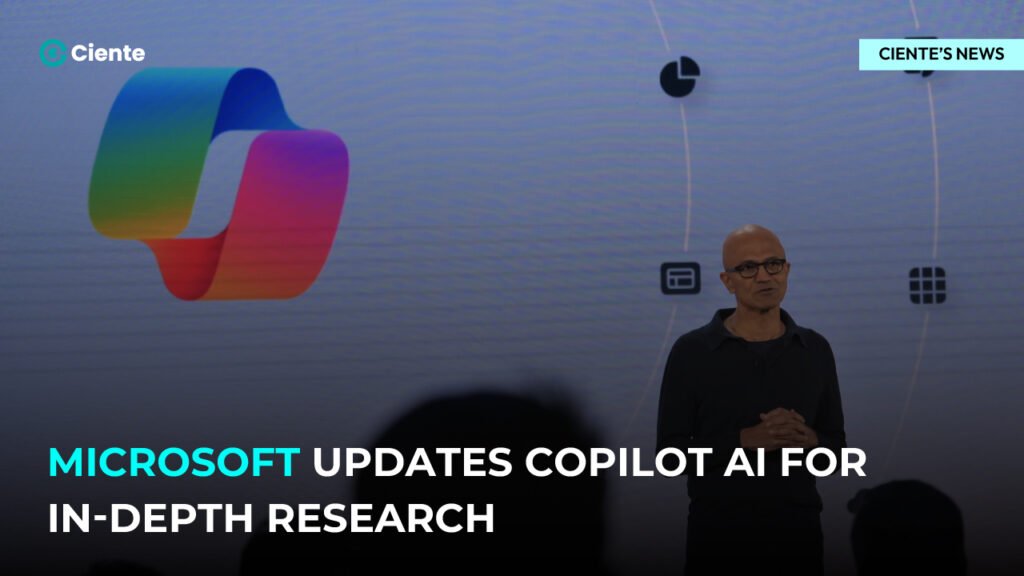To keep pace with Google and OpenAI, Microsoft has introduced AI agents for extensive research and analysis.
On 25th March, Microsoft introduced two unique deep reasoning models – Researcher and Analyst. Accessible to Microsoft 365 license holders in their early access Frontier program, the models are set to enter the market in April.
Dubbed “first-of-their-kind agents for work,” the models can analyze your work data and integrate it with external data from third-party sources to produce insights. It follows compliant and secure access to your personal work data and web to deliver on-demand expertise.
The CMO of Microsoft’s AI at Work compares their model, Analyst, with the brain of a skilled data scientist. The AI agent uses chain-of-thought reasoning to transform data into valuable insights within minutes while streamlining it into spreadsheets.
Built on the OpenAI o3-mini model, this model leverages advanced data analysis to produce high-quality answers mirroring human thinking capabilities. In case of any complicated data challenges, it can run Python in real-time in front of the users and check whether it’s functioning as required.
Forthwith, the Researcher is adept at multi-step complex research work. Through this model, Microsoft hopes to help employees partake in deep research by delivering accurate and high-quality information. It leverages Microsoft’s deep inquiry and orchestration capabilities with OpenAI’s deep analytics model.
The Researcher model is quite a significant and innovative step for marketers to curate comprehensive quarterly reports and even GTM roadmaps. Further, this AI agent can use third-party data from external sources, such as Salesforce or ServiceNow, through connectors.
It’s also highly capable of leveraging data from other AI agents, such as Sales Chat.
According to Microsoft, these AI agents entail rule-based AI-backed agent flows that can automate any imaginable task.
But the question persists: Can these tech giants, with their AI agents, deliver on their promises?

